Have you bathed in the forest?
No, I don’t mean sinking into a tub full of bubbles amid the trees. I mean Shinrin-Yoku.
Forest bathing.
This Japanese concept captured my imagination the first time I heard it. And now when I walk the forest paths near my house, I think about forest bathing. What a lovely concept. Most of us have experienced the benefits of spending time in nature, as opposed to walking on a sidewalk through town. It’s far more than just exercise. There’s something extra good about being among the trees. The peace, the beauty, the smells.
It’s a sensory experience.
But are you aware of the science behind that inexplicable sense of well-being?
Does it matter?
Does knowledge about this science increase our happiness or contentment?
Perhaps not. Although, what I’ve learned about trees in my inquiry has left me in awe of these sentinels that guard the understory. That provide food and housing to squirrels and birds. That give song to the breeze as it rustles through their branches and leaves. And that transform into dancing dervishes in the howling wind.
Most of us appreciate trees for their beauty and utility. Shade on a hot day. Wood for building.
But did you know this?
- Trees emit phytoncides that help reduce infection and inflammation
- This aroma therapy (phytocides) caused a 50% increase in natural killer cells in participants who went for long walks in the forest for 2 days in a row.
- Furthermore, it remained 23% higher for a whole month following these walks.
- Soil contains a bacteria called Mycobacterium vaccae. Breathing in this bacteria stimulates the immune system and our emotions.
Shinrin-yoku, Forest Therapy, “refers to the practice of spending time in forested areas for the purpose of enhancing health, wellness, and happiness.”
Keep reading for more fascinating details about trees.
Here’s a few highlights from a TED talk by Canadian ecologist Suzanne Simard called “How Trees Talk to Each Other“.
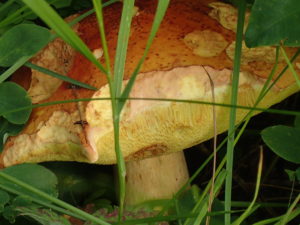
- Trees talk to each other. A fungus infects and colonizes the tree roots. The mushrooms on the forest floor are the visible evidence of the action below. Under the surface a complex network of mycellium creates a communication corridor for the forest plants. These systems are like a neural network enabling them to share water and nutrients, chemicals and hormones.
- They use defense signals to help each other. Even across species such as birch and fir.
- Hub or mother trees favour their young. They recognize and share with their off-spring before sharing with a tree that’s been transplanted.
- An old mother tree when it’s injured or dying sends “messages of wisdom” to its off-spring. This increases its resistance to future stresses.
It’s well worth the 18 minutes to watch the TED talk. It sounds like science fiction. Only it’s not.
Trees are amazing!
It’s well known that outdoor exercise is beneficial in modulating stress hormones, increasing endorphins and serotonin. All of which enhance our feelings of happiness and well-being. And it lowers our blood pressure.
Forest bathing magnifies all of those positive results.
The secrets of nature are hidden within our genes
We just need to listen.
Maybe that’s why we gravitate to the forest. Long before Science taught us, people wrote about the power of trees.
It is not so much for its beauty that the forest makes a claim upon men’s hearts, as for that subtle something, that quality of air that emanation from old trees, that so wonderfully changes and renews a weary spirit.
Robert Louis Stevenson
Trees are much like human beings and enjoy each other’s company. Only a few love to be alone.
Jens Jensen, Siftings, 1939
It has been said that trees are imperfect men, and seem to bemoan their imprisonment rooted in the ground. But they never seem so to me. I never saw a discontented tree. They grip the ground as though they liked it, and though fast rooted they travel about as far as we do. They go wandering forth in all directions with every wind, going and coming like ourselves, traveling with us around the sun two million miles a day, and through space heaven knows how fast and far!
John Muir, July 1890
Every string of nature’s breezy harp is touched to answer thy sighs. The green oak and cedar—the dark pine, the yellow and silvery-barked willow—each majestic old tree; hath its own peculiar tone and whisper for thine ear.
Elizabeth J. Eames, “An Autumn Reverie,” October 1840
Seeking the forest paths
While I don’t practice forest bathing as it’s taught – I combine my time in the forest with exercise and don’t always engage in the slow meandering path of the forest bather. I’m more mindful when walking through the forest though. And I seek the forest paths on a more regular basis.
What about you? Do you take forest baths? Let us know in the comments below.
~ Priscilla
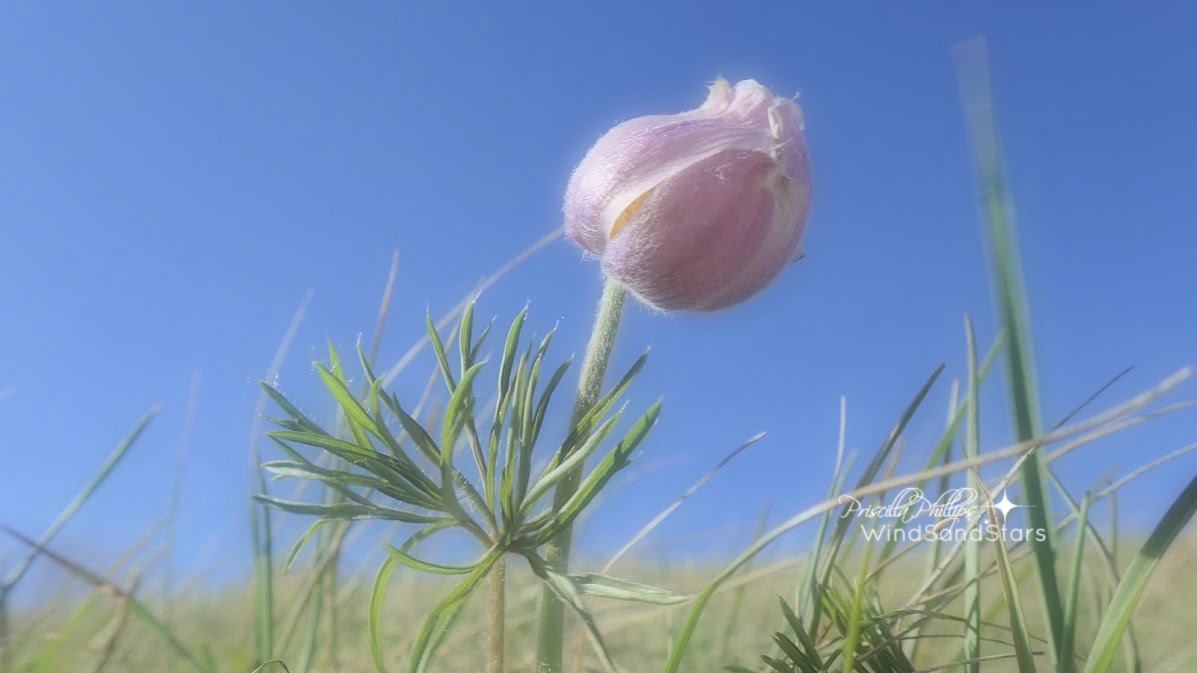
Yes! I want to receive your newsletter!
Simply . . .
P.S. Here’re some links if you want to explore forest bathing
“Forest Bathing is Great For Your Health. Here’s How to Do It” by Dr. Qing Li
Also by Dr. Qing Li is the book Forest Bathing: How Trees Can Help You Find Health and Happiness.
“What The Heck Is Forest Bathing? 5 Things You Didn’t Know About Shinrin-Yoku in BC” by Carolyn Ali
And another link about trees
A good friend sent me a preview of a documentary called “Judi Dench: My Passion for Trees”. Dench sets out to learn about the trees on her own property. It’s airing December 29, 2018 on BBC and will be available at this link shortly after broadcast. It’s a beautiful tribute to trees.
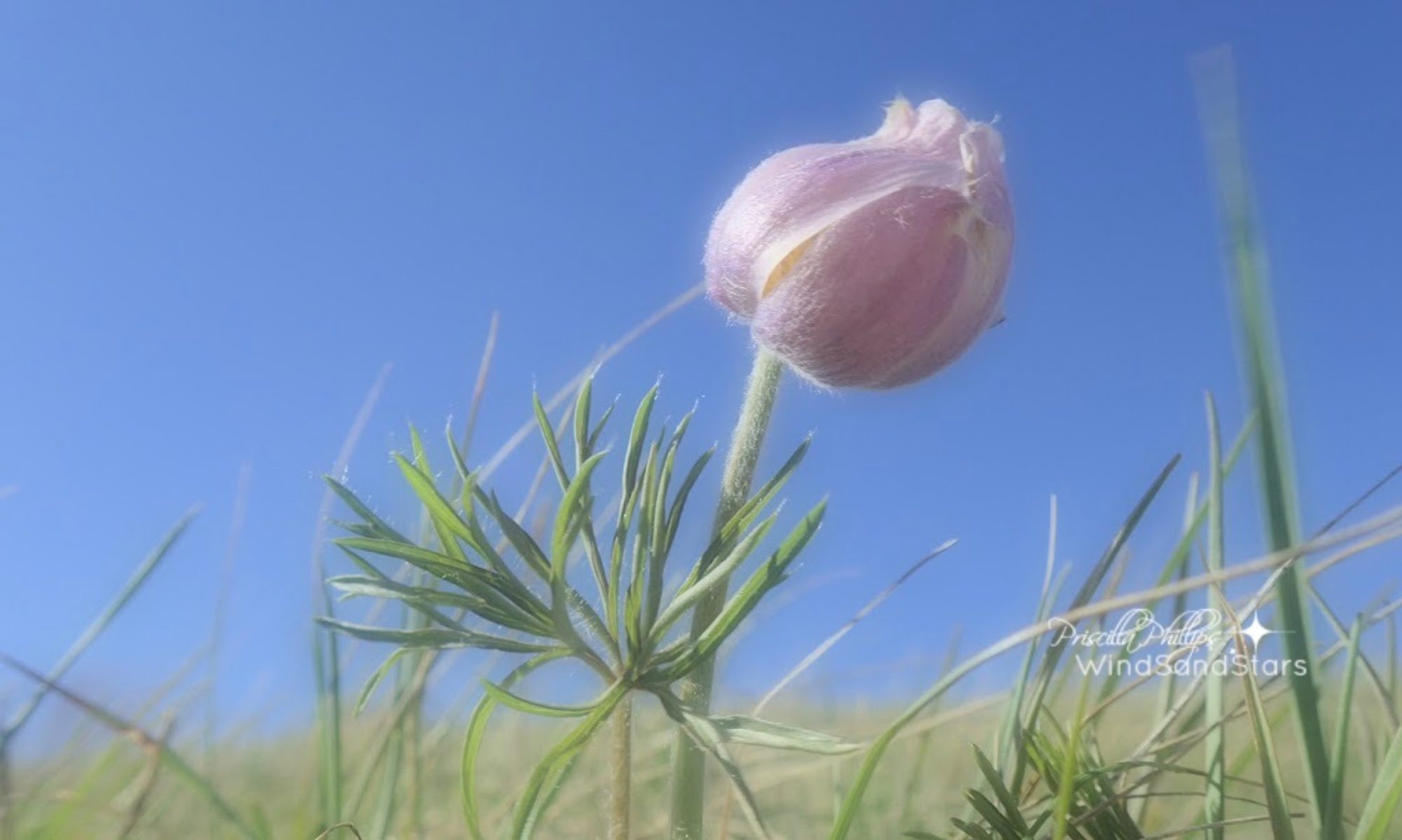
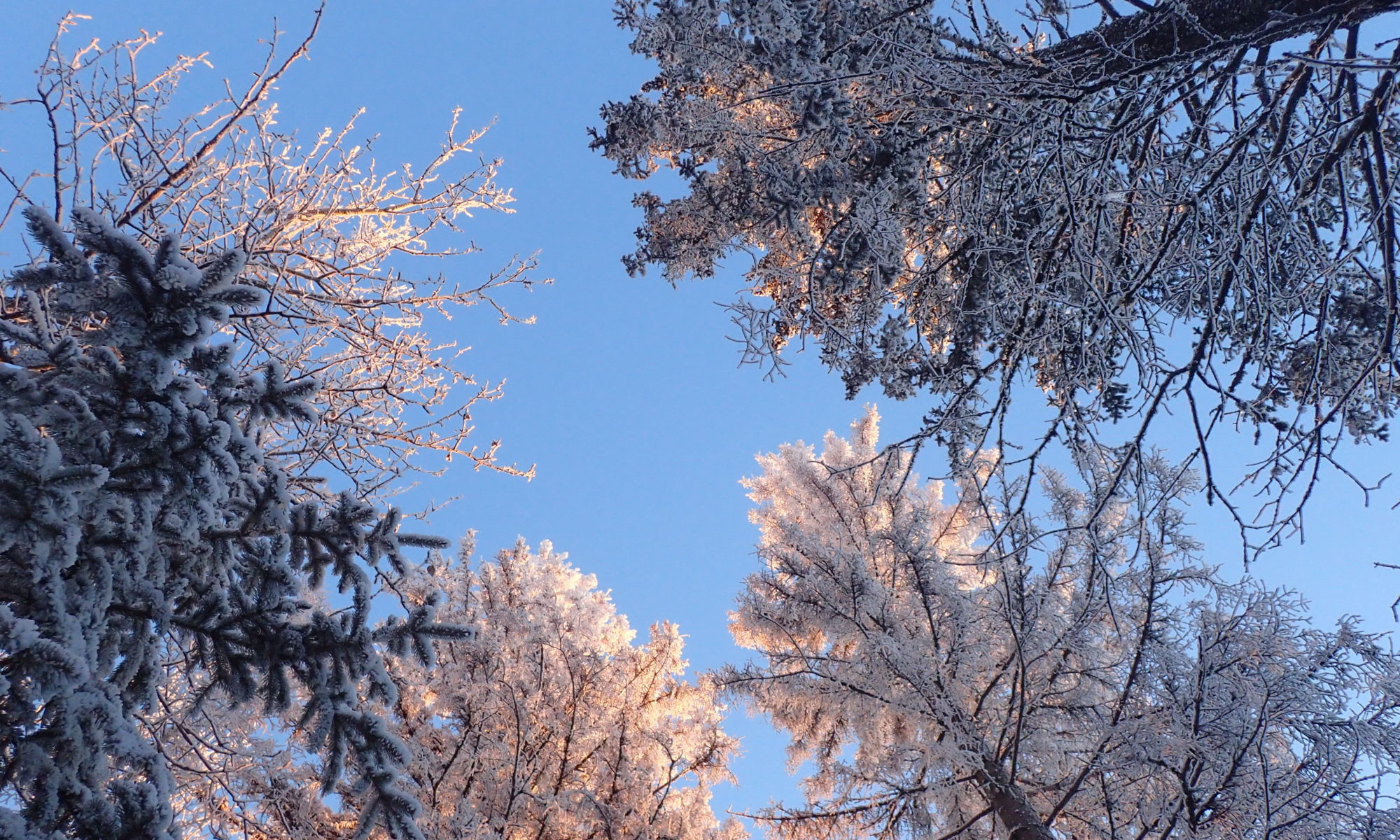
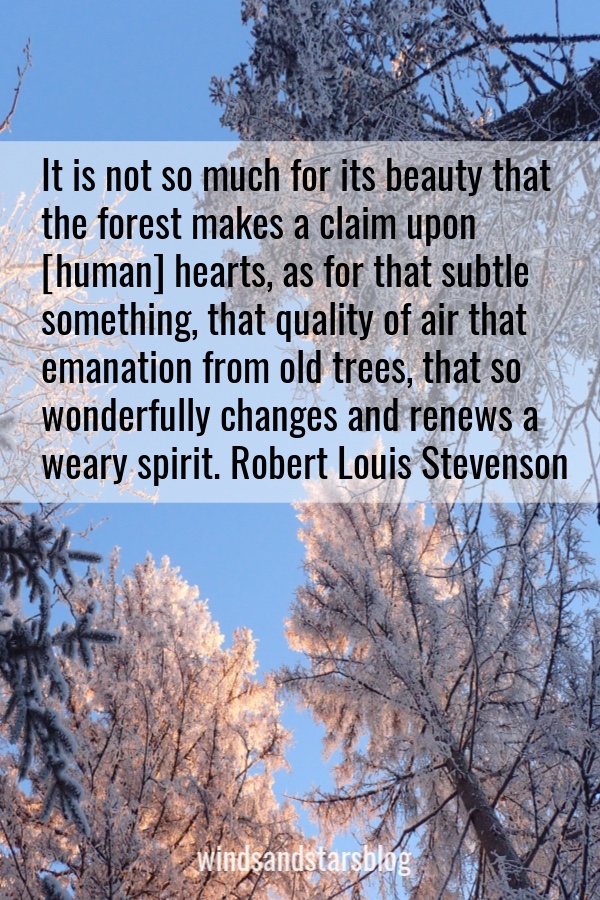
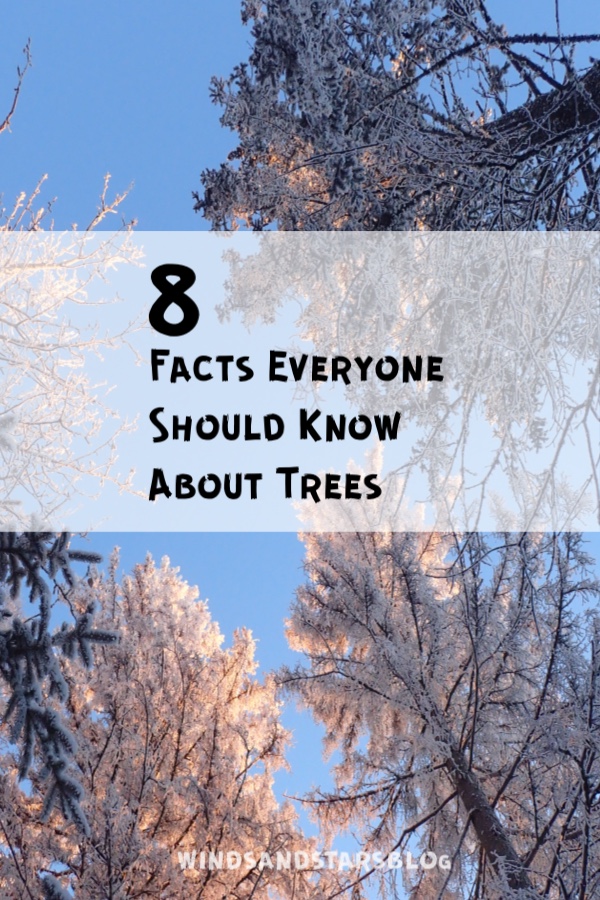

I love the forest and love trees
Me too! There’s something magical about the forest.